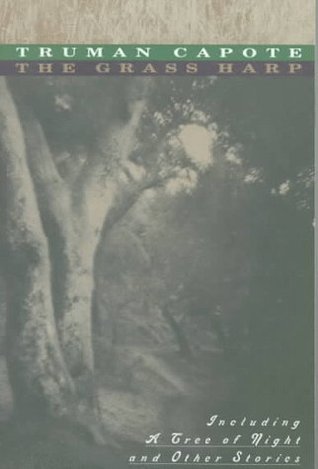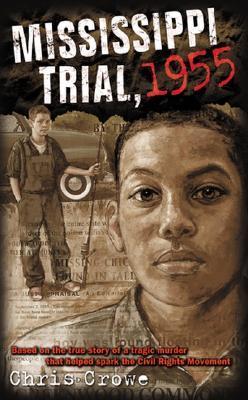
To Kill a Mockingbird
Book Description
In a world where innocence clashes with harsh realities, a small Southern town becomes a battleground for justice. Young Scout Finch watches her father, Atticus, fight against deep-seated prejudice while uncovering the dark truths of human nature. As the courtroom drama unfolds, relationships are tested and friendships are forged in the face of adversity. Suspense thickens with whispers of racial tension and the haunting specter of fear. This poignant tale explores courage, compassion, and the loss of innocence. Can a single voice rise against the tide of injustice, or will silence prevail?
Quick Book Summary
Set in the racially charged atmosphere of Depression-era Alabama, "To Kill a Mockingbird" follows young Scout Finch as she navigates childhood in the small town of Maycomb. Scout, along with her brother Jem and friend Dill, observes her father Atticus Finch as he defends Tom Robinson, a black man falsely accused of assaulting a white woman. Through Scout’s eyes, we see both the innocence of youth and the complexities of morality, justice, and prejudice. As the trial exposes deep-seated racism, Scout learns about empathy, the importance of standing up for what is right, and the bittersweet process of growing up. The novel is a stirring exploration of conscience, community, and the human capacity for both evil and good.
Summary of Key Ideas
Table of Contents
Loss of Innocence and Coming of Age
The story is narrated by Scout Finch, a precocious young girl growing up in the fictional town of Maycomb, Alabama during the 1930s. Alongside her brother Jem and their friend Dill, Scout’s childhood is filled with curiosity, especially around their mysterious neighbor Boo Radley. However, the innocence of their youth is steadily eroded as they are exposed to the adult world of prejudice, suspicion, and complex morality that pervades their community.
Justice and Moral Courage
Central to the novel is Atticus Finch, Scout’s father, a principled lawyer tasked with defending Tom Robinson, a black man wrongfully accused of raping a white woman. Atticus’s commitment to justice, integrity, and the belief that all people deserve fair treatment, regardless of race, places him and his family at odds with the entrenched racism of Maycomb. Through his example, Atticus imparts important lessons about standing up for what is right even in the face of hostility and fear.
Prejudice and Social Inequality
The trial of Tom Robinson forms the narrative's dramatic core, highlighting the impact of systemic racism and injustice. The courtroom proceedings lay bare the prejudices for all to see, and despite clear evidence of Tom’s innocence, he is convicted by an all-white jury. The tragic outcome is a harsh lesson for Scout and Jem, who grapple with understanding the cruelty and irrationality of the adult world.
Empathy and Understanding Others
Throughout the novel, Harper Lee stresses the importance of empathy, encapsulated in Atticus’s advice to “climb into another person’s skin and walk around in it.” As Scout matures, she begins to perceive the world from others’ perspectives, recognizing the struggles and humanity in characters like Boo Radley and Mayella Ewell. This growing empathy challenges her initial assumptions and reshapes her understanding of good and evil.
Family and Community Ties
The story concludes with Scout and Jem’s lives threatened by Bob Ewell, vengeful over the trial’s fallout, only to be saved by the reclusive Boo Radley. The children’s rescue and Boo’s true kindness bring the novel full circle, reiterating its core message about compassion, the complexities of human nature, and the enduring quest for justice and understanding within one’s community.
Download This Summary
Get a free PDF of this summary instantly — no email required.





